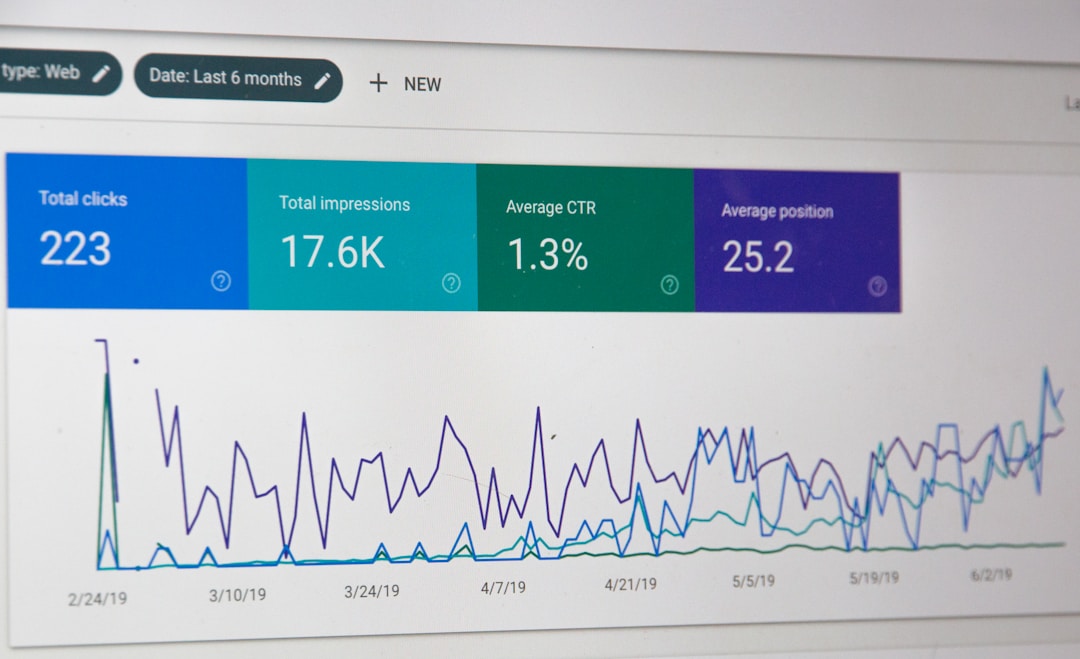Search engine optimization encompasses nearly every aspect of your business. While the primary goal is to boost your ranking on the search engine results page (SERP), it also involves building brand awareness, facilitating industry relationships, and, most importantly, reaching your target audience. Ranking highly on the SERP will garner more attention for your business and lead to a much higher click-through rate. However, Denver SEO expert Peaks Digital understands that focusing your digital marketing strategies in the wrong direction may increase your bounce rate and fail to turn website visitors into customers. Learning how to recognize and avoid fruitless SEO strategies is essential for conserving your company’s resources.
Utilizing Keyword Research Data

One of the first and most universal actions involved in any SEO marketing strategy is keyword research. Understanding which keywords are relevant to your business can help you make conscious decisions regarding content creation strategy and the optimization of your on-site content. Appealing to the masses is great for establishing your image. However, this attention doesn’t amount to anything if it doesn’t translate to meaningful interactions like qualified leads or transactions. Keywords vary in value.
More prominent corporations can spend a lot of time and resources on their SEO campaigns that smaller brands may not have access to. It can be beneficial to keep this in mind so that you create realistic keyword targets. For example, a fruit and flower arrangement company may have trouble optimizing for the keywords “edible arrangements” because a well-known brand has already capitalized on it through its branding and digital marketing techniques.
In contrast, this type of company may have better success with long-tail, specific keywords like “fruit and flower arrangements in Bluffton, South Carolina.” Although they are more detailed and, therefore, lower volume, they will allow you to market to those deep within your niche most likely to engage with your company.
Building a Buyer Persona

Using the data derived from your keyword research, your company should be able to create an accurate buyer persona that will help guide your marketing efforts. In SEO, a good buyer persona is identified by the specifics of the demographic and its potential to be used to satisfy user intent. User intent refers to the purpose behind a searcher’s query. Google and other search engines use their algorithms to determine what results to show on the search engine results page, depending on user intent.
For instance, “headphones” will return a high number of results, ranging from blog posts about the mechanics behind headphones, editorials ranking headphone brands, and more. Conversely, “buy headphones” is more likely to return product pages that will allow searchers to buy directly from the URL they click on. Using action words like “how-to” or “near me” can aid you in determining what your target audience wants and needs so that your company can satisfy them.
Brand Management

If you are looking to garner attention for your brand, make sure it’s worthwhile for your target consumer to pay attention to. There are a few elements you can start with when examining your brand’s image:
- Does my website have a good user experience?
- Do my brand colors, logo, and voice stand out from the competition?
- Is it clear to consumers what our goals and values are?
- Can someone unfamiliar with my brand quickly understand what types of products and services we offer?
- Has my business established itself as an industry expert?
The neat thing about SEO efforts is that they all build upon and contribute to one another. For example, SEO techniques like link building and on-site optimization contribute to solidifying your brand’s professionalism to search engines, consumers, and other industry professionals. Guest blogging, keyword optimization, and social media management may seem like separate endeavors. However, they all work together to strive for a common goal: building and establishing your brand’s credibility among your target audience and the search engines they use.








